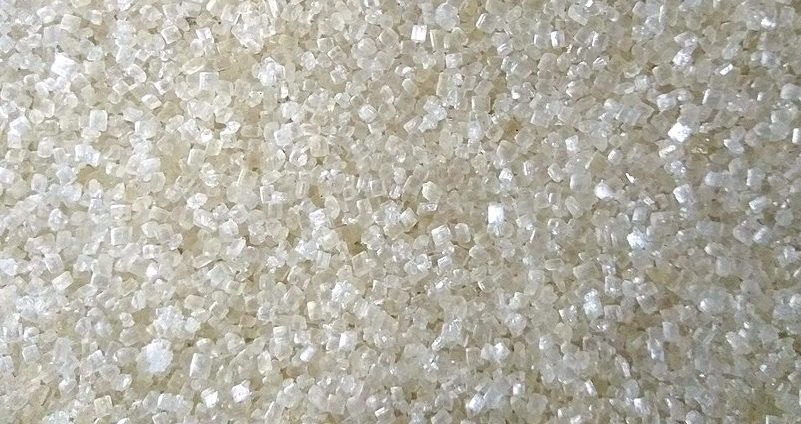Sugar productivity in Vietnam has topped that of the cane-rich Association of Southeast Asian Nations (ASEAN), a historical first.
Beating China and Thailand, Vietnam boasted a rate of 6.79 tonnes a hectare in sugar yields for the 2023-24 season.
According to data by the Vietnam Sugarcane and Sugar Association (VSSA), all this is courtesy of investment in Industry 4.0.
4.0 technology aids farmers track down land preparation timings, the best planting spacing, fertilizer usage and maturity.
Besides, the mechanization rate of fields during land preparation is now over 90% in infiltration. This means that Vietnam’s cane farming is almost at par with that of advanced economies.
Arguably, mechanization has insured consecutive rise in cane and sugar production by 166% and 161% respectively between 2020 and 2024.
Sugar mills, too, have benefited from Industry 4-point-0, with mills trialing digitization solutions from the United States and Australia.
One of these is the country’s largest sugar miller, TTC AgriS whose revenue rose by 39% year-on-year in the 2023-24 period. This per a September 2024 announcement by the company, which holds 46% domestic sugar market share.
The firm attributes its 747 billion-dong ($29.9 million) profit to sales verging on 1 million tonnes of sugar, 66% of which locally.
Sugarcane Yield 19th Globally
While sugar productivity in Vietnam is regionally the best, sugarcane productivity in its part now ranks 19th globally.
Vietnam yielded 54 tonnes a hectare in sugarcane in the 2023-24 period, thereby helping ASEAN members contribute 10% of world sugarcane.
Key to this impressive run is the increase in cane fields, which VSSA projects to increase substantially through the 2024-25 season. Meanwhile, Vietnam will still import 126,000 tonnes of the sweetener to diversify the product locally.
Thus, with an impressive yield rate in sugar, Vietnam has emerged a region beater for the first time. This owes to not only technology and mechanization but other production/commercial factors, which the statistics below illustrate.
Vietnam Sugar Statistics
Vietnam is one of the biggest sugarcane- and sugar-producing nations not only in Asia but globally. According to FAOSTAT, the country had an output of approximately 10,740,873 tonnes of sugarcane in 2021 or 0.34% of the global output. More so, this figure rose to 11,083,015 tonnes in 2022. The sugarcane area has also been expanding, with the 2021 acreage at 165,919 hectares while that of 2022 at 169,348 hectares.
In sugar production, Vietnam processed 1.5 million tonnes of raw sugar in 2022, far behind neighboring Thailand’s 7.6 million tonnes. However, in productivity, Vietnam beats Thailand and the southeast Asia region in 2024 at 6.79 tonnes per hectare.
How has sugarcane yield changed yearly in Vietnam?
In the 2020-21 season, cane yields averaged 65 tonnes per hectare while in the 2023-24 season 54 tonnes per hectare. In the southwest delta region, yields can however reach as high as 82 tonnes a hectare. Despite these disparities, Vietnam still held the 19th position in the global sugarcane yield rate rankings in the 2023-24 season.
How much do Vietnam’s farmers get from cane sales?
In 2024, the farm-gate price of sugarcane rose to between 1.2 and 1.3 million dong ($47.98 to $51.97) per tonne. According to VSS, this price marks a rise by 152%, year-on-year.
Where does sugarcane grow?
The provinces of Thanh Hoa and Gia Lai lead in sugarcane plantation. As a whole, the national cane belt consists of 59.2% hilly terrain and 36.1% flat land, with the rest low-lying areas.
